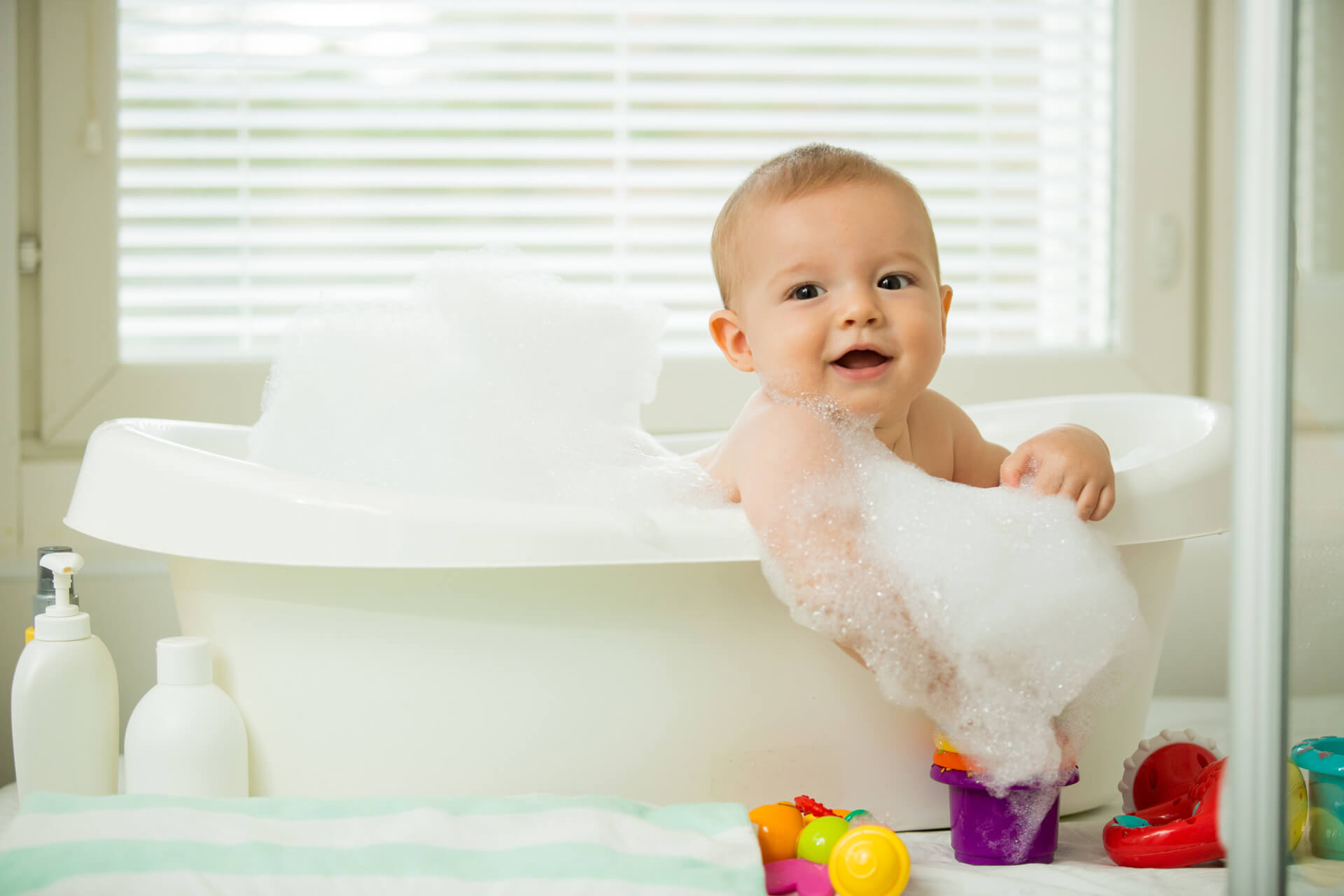
Making bath time fun is a great way to learn and play while getting clean. You can use simple toys like plastic cups and bowls or even kitchen items. Kids can pour water, mix it in a bowl, and see what floats. As they grow, they can practice putting their face in the water and blowing bubbles. It’s also a good time to learn body parts and how to wash themselves.
You can get creative with bath crayons, eating popsicles, or blowing bubbles—it’s a fun way to make a mess that’s easy to clean up. These activities are perfect for days when you can’t play outside due to bad weather.


Keep bath toys clean and replace them if they start to get moldy. Some kids might find the water overwhelming and need extra help to get used to it. If you’re worried about your child, talk to WIC or a specialist who knows about sensory therapy.
Side-Lying Hold
This hold is useful when:
Cross-Cradle Hold
This hold is useful when:
Clutch or “Football” Hold
This hold is useful when:
Cradle Hold
This hold is useful when:
Laid-Back Hold
This hold is useful when: